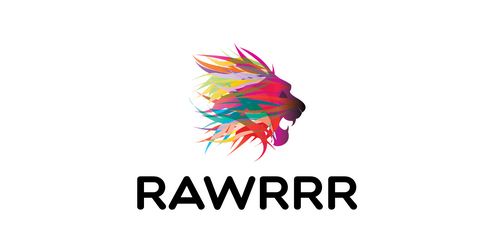Do Men and Women Prefer Different Website Designs?
0If you’re a web designer, you might be curious to know the differences between what the two genders tend to like in terms of web layouts, colors and styles.
It is true that every individual will like a different design based on their preferred tastes, business type and the overall style they want to portray on their website. However, taking each gender as a group, there are also distinct differences in what men and women prefer to see on their website. Here’s a guide to the main differences in website design preferences based on gender.
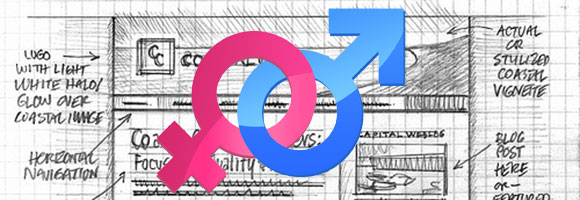
Gender-Specific Web Design
First, let’s talk about why this information is important. Anyone who has designed custom websites for others knows the most difficult part is getting to know your client and what they might be looking for. Something as simple as their gender, and the gender of their ideal customers, can actually give you great insight into a good design option.
If you know you’re making a site for a man, your design concepts will be swayed more in one direction, while they might go in an entirely different direction with a woman’s website. This is why it is important to understand the primary differences in tastes and preferences between the genders.
It can also give you an understanding of why a particular client might not like a design even though you believe it’s best for their target market. When you understand the statistical differences in what the genders prefer, you can communicate this to the client and do better work that has greater appeal.
What Women Want in Web Design
Don’t assume that designing for women equals making everything pink! It’s actually much more complex. In web design, women tend to look for more color, vibrancy and style. They don’t mind simplicity, but it has to have something special and unique about it.
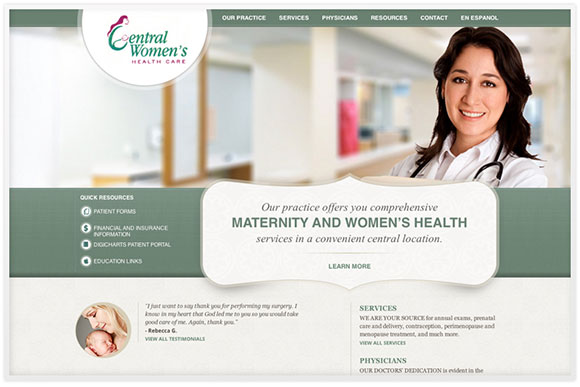
They like all different types of colors and usually a combination of colors, rather than just one or two colors like men. Curves and designs in the web layout is another popular option for women. Unlike men, who like flash and animation, women prefer more stationary objects in their website design. Women’s typographic style is also usually fancier and more complex than what men like.
What Men Want in Web Designs
Men will be more drawn to professional typography and one that doesn’t take away from the information. Men prefer a website that’s simpler, more straightforward and not too colorful. They tend to lean more toward blacks, blues, greens and grays and other colors have a darker look to their websites.
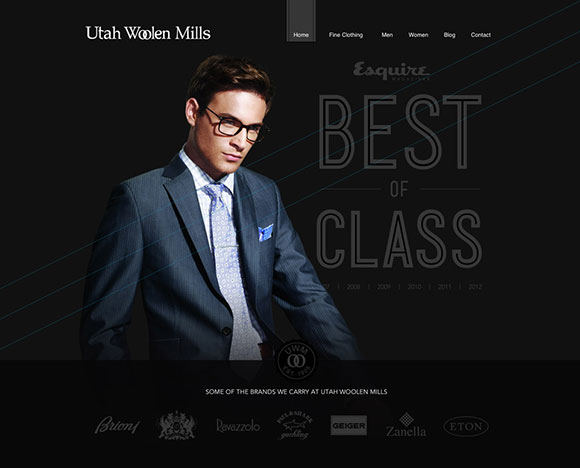
They won’t want a website that’s pink or purple, assuming that those colors mean the site is intended for women visitors or shoppers. Men also prefer animation and 3D graphics on their websites, while women don’t like these as much.
Comparisons between Men and Women
There are also some other distinct differences between what men and women want in their web design. Lines are one good example to determine the differences. For example, men prefer straight lines in their websites, while women prefer round lines and a mixture of rounded and straight lines.
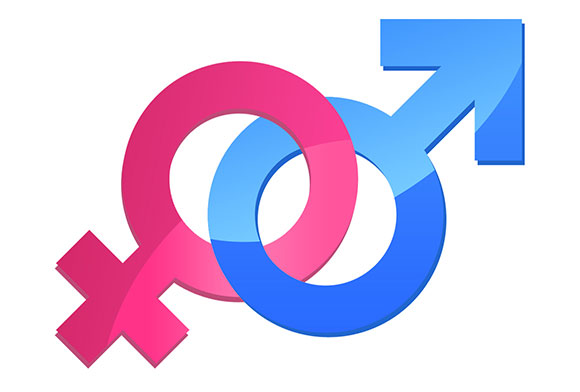
Where color combinations are used, women prefer 4-6 or more colors while men prefer a more modest 2-3 colors. As for the language of the content, men prefer formal language while females prefer informal language. This is very important if you want your target market to actually read the content you put hard work into creating.
Gender-Neutral Web Design
There are some exceptions where websites are designed with both genders in mind – some that are exactly in between what men and women want, such as the Vispronet website. If you visit this site, you’ll see that it uses a good balance of male and female preferences.
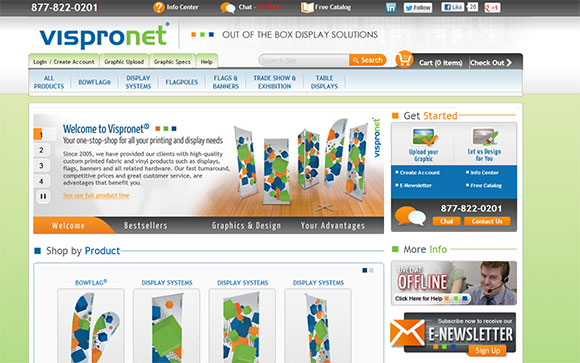
The site uses more than three colors, but the difference is subtle and not too colorful or vibrant, just enough to catch your eye. Most of the lines are straight, which is what men prefer to see, but there are some curved lines as well. It’s a simple and straightforward site with good information, but it isn’t too complex or confusing to navigate. This combination is good for both men and women.
Keeping the gender of your target audience in mind and designing the website with their preferences is a very important element of web design. Using this information, you can create websites that have extra appeal to the gender you wish to attract.


